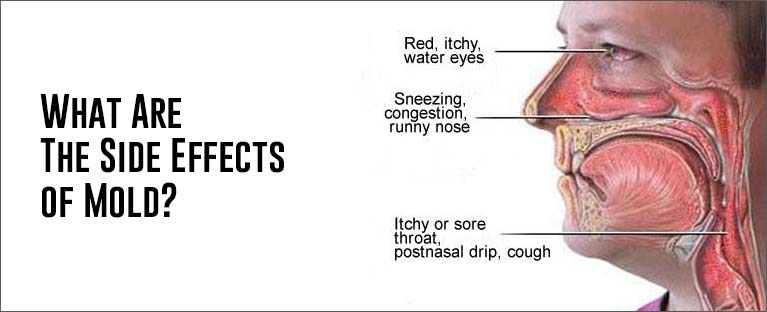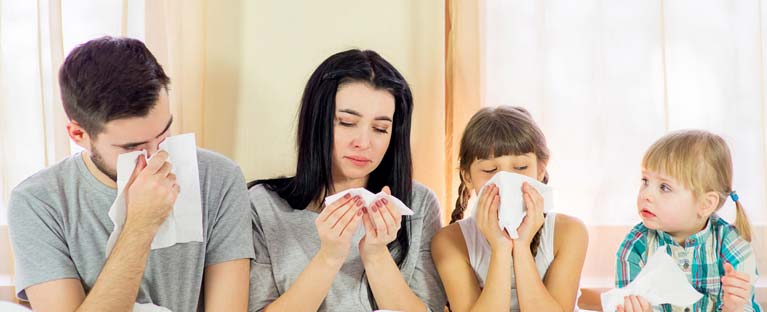
Intro – Mold what ?
Mold is a common household fungus that releases spores into your air and can be increasingly dangerous among homes with poor ventilation or homes that receive an excess amount of moisture.
While we interact with mold every time we step outside, it has been showing through scientific research that mold may not be explicitly dangerous in small quantities.
However, when mold reaches prolific proportions, in-home mold growths can be extremely dangerous for you and your family.
Mold may bring a plethora of side effects that lead to serious illnesses or a general disdain on your daily wellbeing.
WHERE MOLD CAN BE FOUND ?
Mold is commonly found in bedrooms, as our mattresses and our cozy mattress toppers are extremely good at trapping moisture and giving molds an excellent environment to thrive.
The overall lack of oxygen, combined with the trapping of moisture and difficulty in cleaning, molds have been known to multiply within our mattresses, eventually spreading to other spots in our bedrooms.
This has led to various studies determining the affectivity of mold on our healthy sleep cycles, and the results are not ideal, to say the least. The most common sleep-related side effect of mold exposure is sleep apnea.
What Mold can cause to our body ?
Sleep apnea occurs when the natural breathing cycle of a sleeper is disrupted, causing low, shallow breaths, irregular breathing, and general discomfort when trying to fall asleep.
Sleep apnea is often associated with snoring, so when an otherwise healthy sleeper begins to snore, it is a sure sign that mold growths may be forming within your mattress and bedroom.
Other sleep-related side effects of bedroom mold formations include varying degrees of insomnia and sleep deprivation.
Further, nighttime mold growths can lead to daytime fatigues.
This is because microscopic mold spores enter through our mouths and lungs and cause lethargy and loss of motivation during the day. Apart from issues with sleeping, mold can have various other side effects on our health.
Most common in forms of black mold, mold can lead to the creation of mycotoxins, which lead to an array of respiratory issues. People with asthma are especially receptive to these mycotoxins, and exposure to overt types of mycotoxin-forming molds can lead to severity in asthma symptoms.
This includes increased difficulty in breathing, shortness of breath, a whistling or wheezing sound when exhaling, and overall discomfort from breathing.
More serious side effects from mold usually occur in those who have a dispositioned allergy to molds.
Mold and allergy what is the connection between them?
Allergy to mold is very, very common, and many may not even realize that they are allergic to the fungus until symptoms occur.
These symptoms include upper respiratory tract issues, such as coughing and wheezing in otherwise healthy individuals, induced asthma attacks, and hypersensitivity pneumonitis in people with compromised immune symptoms.
However, mold does not only affect those with asthma or an allergic predisposition to the organic compound. Everyone is at risk to experience the side effects of mold growths, which is why it is so important to eradicate mold from your home.
Common side effects found in all those exposed to mold include watery, itching, or red eyes; wheezing, sneezing, and coughing; a runny nose; and skin rashes. While minute exposure may only lead to these simple side effects, if mold growths go untreated, the side effects from mold can only become more and more severe, leading to a plethora of serious respiratory issues down the line.


